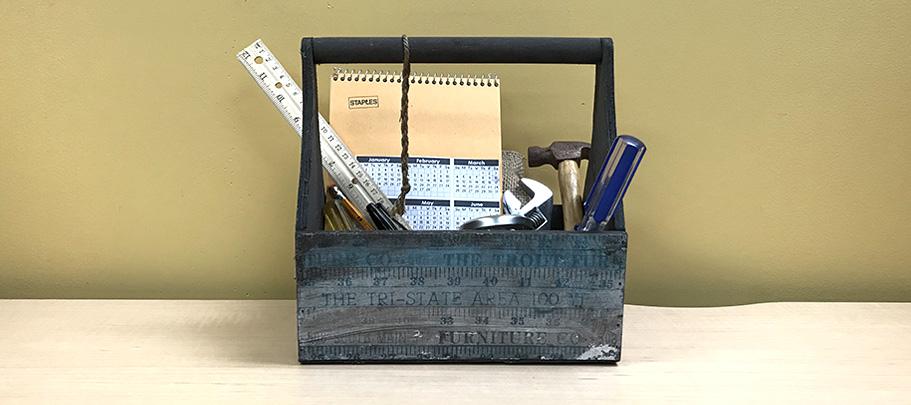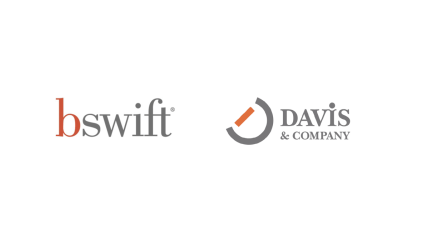
When I’m hanging out on the weekends, I love to take on do-it-yourself projects. The trouble is, I tend to jump into them full force and quickly find myself wedged under the sink with no flashlight or up on a ladder holding just a box of nails, shouting, “Where’s that hammer?”
That’s why I created my own wooden box, which contains every tool I usually need: a note pad, pencil, ruler, twine and glass jars of screws and nails, along with the classic hammer, screwdriver and wrench. Now I’m prepared for every situation.
Internal communicators need toolkits, too. After all, throughout the course of the year, you face the same situations over and over again. So rather than reinventing the wheel every time, create tools that:
- Provide what you need at your fingertips
- Organize resources in one place, so you don’t have to hunt for things
- Set stakeholders up for success
Here are three essential internal communication tools for your kit:
1. A communication plan template
Of course, you know the importance of creating a plan—to take your program to the next level, manage your priorities and elevate your role as a trusted, strategic advisor. But since it’s hard to find time for planning, you need to make the process as painless as possible. By creating a standard template, you can easily create a plan for any situation—from communicating change to building your annual program.
Your plan template should include the following components:
- Situation analysis—why you’re creating the plan and what problem you’re trying to solve.
- Stakeholders/audience—individuals or groups you want to reach
- Objectives—outcomes your plan will achieve
- Strategies—approaches for achieving your objectives
- Tactics/timeline—specific actions you’ll take and specific dates for completing tasks
- Key messages—the story you need to tell
- Measurement—how metrics will be used to demonstrate effectiveness
2. Consistent communication guidelines
Here’s a great way to improve the quality of your channels and manage stakeholders who create content: establish communication guidelines.
These guidelines, such as web standards, publication templates and town hall meeting formats, aren’t intended to impose rigid rules. Instead, they set expectations for how communication should occur across your organization. Plus, guidelines can make your job easier while increasing the value of communication.
For example, start by establishing ground rules for the role of each communication vehicle:
- Email to communicate time-sensitive information
- Intranet articles to share detailed information
- Digital displays to feature upcoming events
- Posters to support key messages
- Video to present and illustrate programs
- Text messages to alert about emergencies
- Postcards to get employees’ attention
Communication guidelines workshop
3. Standard survey questions
Measuring your communication program is hard work. By creating a common set of questions, not only can you field a survey quickly, you can also measure consistently over time—so you can compare results and demonstrate progress.
Here are a few sample questions to consider adding to your list:
- [This channel] is a good use of my time
- The topics covered [in this channel] are relevant to my job/role
- The information was useful to me
- [This channel] is easy to understand
- [This channel] helps me understand the company’s priorities
Survey questions workshop on demand
So, just as I use my toolkit to repair a plant box, you can use yours to help you plan, share information and get feedback on your employee communication program.





